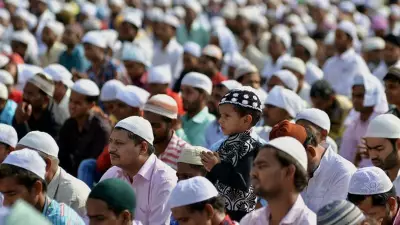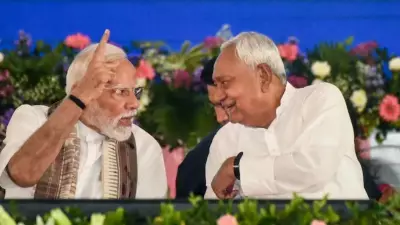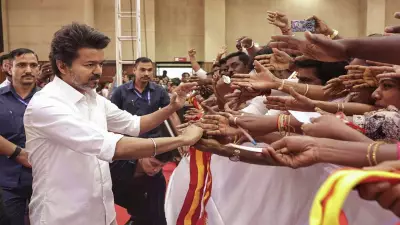
CJI Gavai's Creamy Layer Stance Reignites Reservation Debate
Chief Justice of India B R Gavai has sparked significant discussion by endorsing the application of creamy layer exclusion to Scheduled Castes in reservation policies. Speaking at an event in Mangalagiri, Andhra Pradesh on November 16, 2025, Justice Gavai reiterated his position previously expressed during the 2024 judgment on SC reservation sub-classification.
The timing of this statement is particularly noteworthy given the historical evidence from Other Backward Classes reservation implementation. Data from the Ministry of Social Justice reveals that only 17% of the 27% OBC quota has been filled over the past three decades, suggesting the creamy layer concept has significantly constrained quota fulfillment.
The Historical Evolution of Creamy Layer Concept
The creamy layer concept represents a unique judicial innovation that finds no mention in Western literature or the Indian Constitution. Its origins trace back to the Sattanathan Commission report of 1969, appointed by then Tamil Nadu Chief Minister M Karunanidhi. The commission notably recommended excluding better-off families from Backward Classes reservation benefits, though this recommendation wasn't implemented at the time.
The judicial journey of the creamy layer concept began with State of Kerala v. KS Jayasree in 1976, where the BC reservation policy with income criteria faced legal challenges. A decade later, in K C Vasanth Kumar & Another v. State of Karnataka (1986), the Supreme Court emphasized the need to prevent privileged members within underprivileged communities from monopolizing reservation benefits indefinitely.
The court specifically recommended that state governments implement a means test to ensure reservations reached the truly deserving among backward classes. These cases established the fundamental principle that reservation benefits should target the most marginalized sections within reserved categories.
Indra Sawhney Case and Formal Implementation
The creamy layer debate reached its zenith during the landmark Indra Sawhney case before a nine-judge Supreme Court bench. This case challenged the 27% reservation for OBCs in central government jobs announced by the VP Singh government in 1989. The Supreme Court's verdict directed the central government to implement the means test for OBC quota implementation.
Following this judgment, the Centre established the Justice R N Prasad Commission to examine creamy layer criteria. The commission recommended two primary exclusion criteria:
- Constitutional position holders including President, Vice-President, Supreme Court and high court judges
- Group A service officers, Colonel and above rank in armed forces
- Professionals in service, trade, business and industry
- Property owners meeting specific criteria
The commission also established an income threshold of Rs 8 lakh annually (current figure) to identify creamy layer families. This framework has governed OBC reservation implementation since its adoption.
Looking Beyond Creamy Layer: Alternative Solutions
While Justice Gavai's comments have brought fresh attention to creamy layer application for SCs, the OBC experience suggests this approach might not be the most effective solution. The consistent under-filling of OBC quotas indicates that creamy layer exclusion alone hasn't ensured benefits reach the most marginalized.
Professor E Venkatesu from the Department of Political Science at University of Hyderabad suggests that a deprivation points policy might offer a better alternative. This approach would consider multiple deprivation factors rather than simply excluding the creamy layer, potentially enabling more complete fulfillment of reservation quotas.
The ongoing debate highlights the complex challenge of ensuring reservation benefits reach those who need them most while maintaining the constitutional vision of social justice. As India continues to grapple with these issues, the discussion initiated by Justice Gavai's comments promises to shape future reservation policy frameworks.





